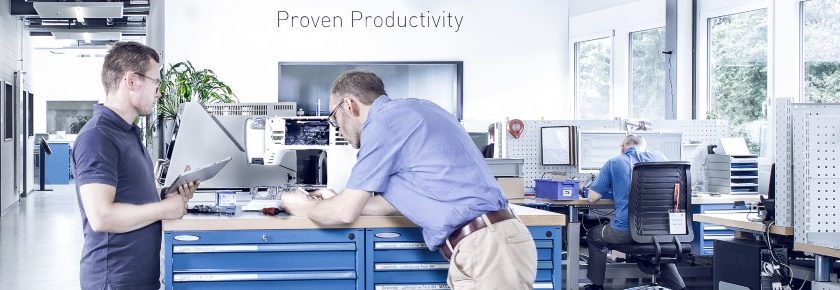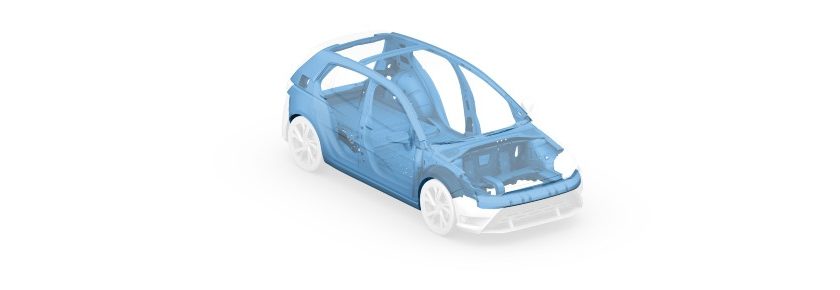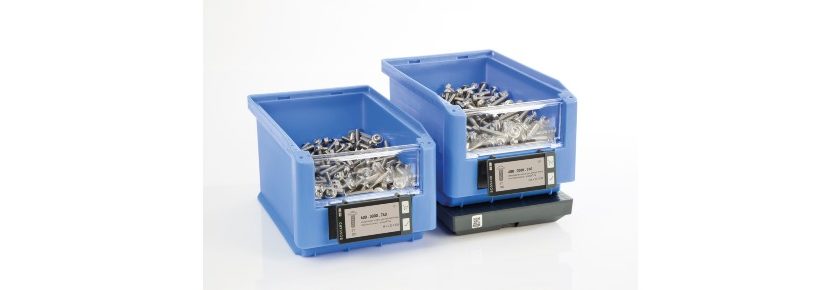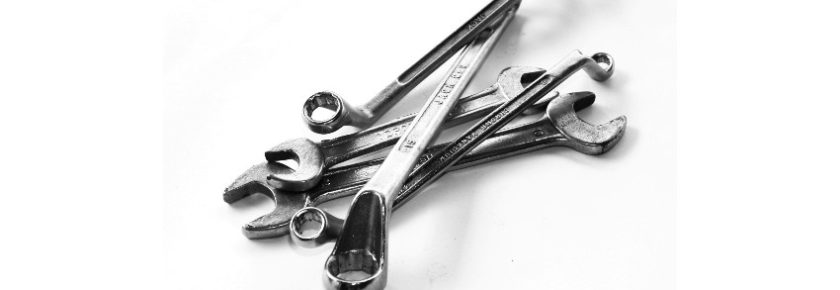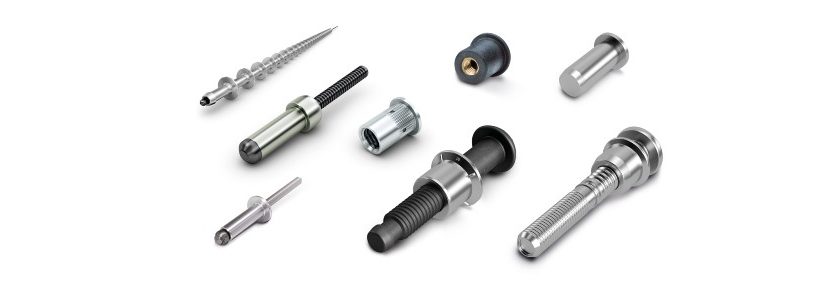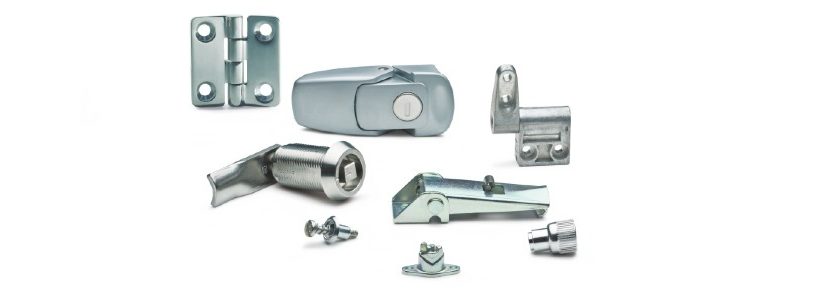Hardness defines how a material resists permanent deformations such as indentation. Because measuring this characteristic is a mature technology, several hardness methods are available that produce different hardness values.
Parts like fasteners are typically tested at heat treatment to affect the process and the outcome. However, these tests are also conducted on raw materials for high-strength fasteners or some coating finishes.
Advantages of Hardness Testing
Such tests are quick and easy, relatively inexpensive, and can work on finished components since they do not destroy the specimen, which can be of any size and shape, such as a fastener. In general, mechanical hardness tests rely on an indenter made of tough material, such as hardened steel, carbide, or diamond. It presses into the surface of the test component at a specific force.
The hardness values come from either how deeply the indenter penetrates or the size of the indent with smaller indents signifying harder materials. Higher numbers mean harder materials.
Types of Tests
The following are just three of the major hardness tests. Tables are available for converting one hardness test scale to another. However, some of these values are interpolated because there is no direct mathematical correlation among scales. You should only use conversion tables as a last resort.
Brinell Hardness Test
In the early 20th century, the Brinell Ball Test stood out as the most popular. It presses a hard ball into the test material with a known load. Based on EN ISO 6506-1 standards, a typical value from this test is 600 HBW 1/30/15, which means:
- 600 – Brinell hardness number
- HB – Hardness symbol for Brinell
- W – Indenter type, which is tungsten carbide
- 1 – Diameter of the ball in millimeters.
- 30 – kilogram-force (applied force)
- 15 – Duration of the test force in seconds
Rockwell Hardness Test
The Rockwell Hardness Test starts with a light load and then continues with a heavier load at a specific duration with an indenter. The heavier load is removed, leaving only the indent by the light load. The difference in depth between the two loads represents the Rockwell hardness number. A typical value from this test is 60HRBW, which means:
- 60 – Rockwell hardness value
- HR – Hardness symbol for Rockwell
- B – Rockwell scale symbol
- W – Ball type, which is S for steel and W for tungsten
Vickers Hardness Test
This test uses a square-based pyramid indenter. (A variant of this test, Micro Vickers testing is reserved for a small or limited area. An example is the carburized surface of a gear for testing the surface, core, and carburized thickness.)
The test impresses as a reference for deciding a dispute between hardness results. A typical value from this test is 640HV30/10, which means:
- 640 – Vickers hardness value
- HV – Hardness symbol for Vickers
- 30 – Kilogram force (applied force)
- 10 – Duration in seconds
Contact Us
Do you want more information on hardness testing methods or how it can affect your choice of fasteners? Then please contact us today at ProvenProductivity@bossard.com.
UP NEXT
6 Types of Bolt Failure and How to Prevent It
Should I Use Weld Nuts, Self-Clinching Nuts, or Blind Rivet Nuts?


